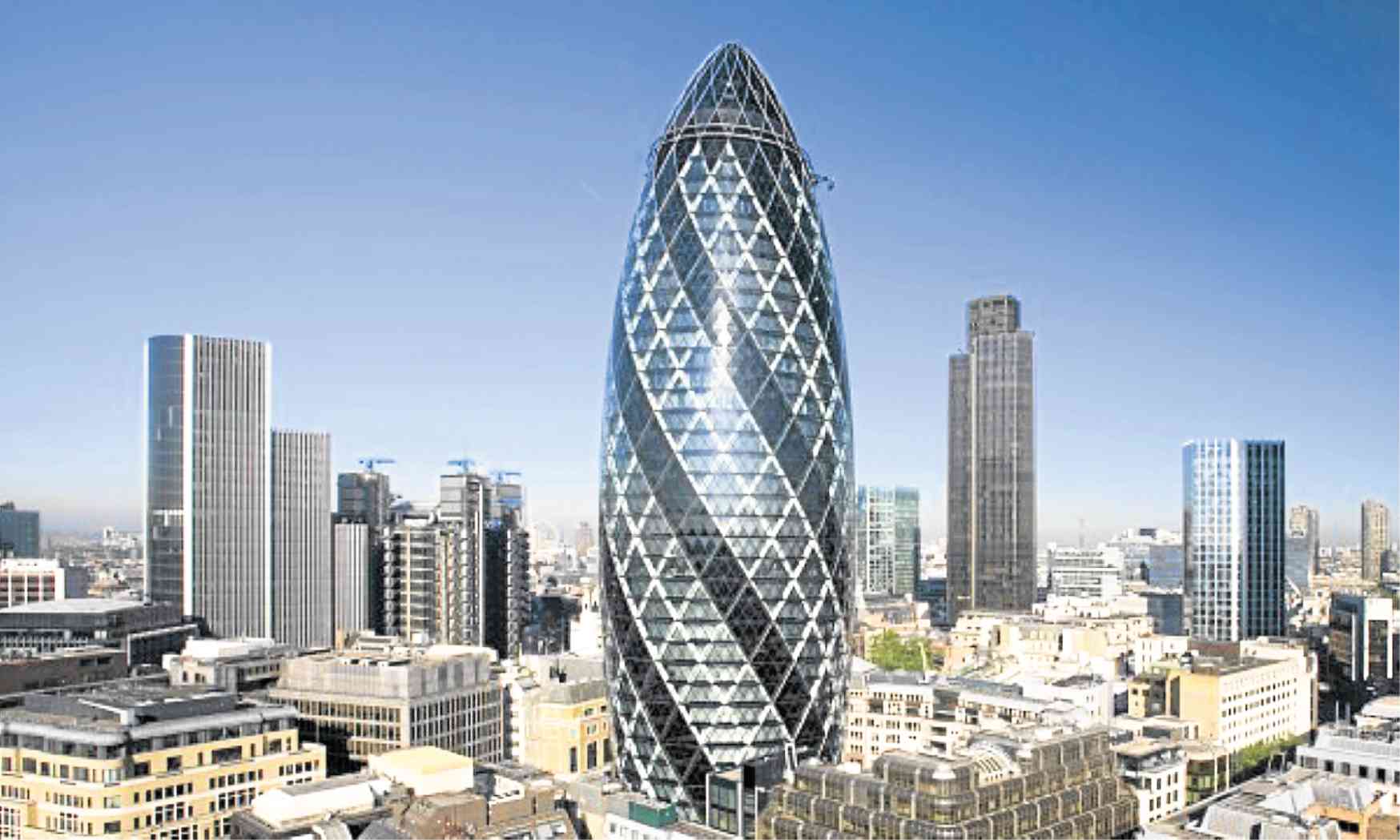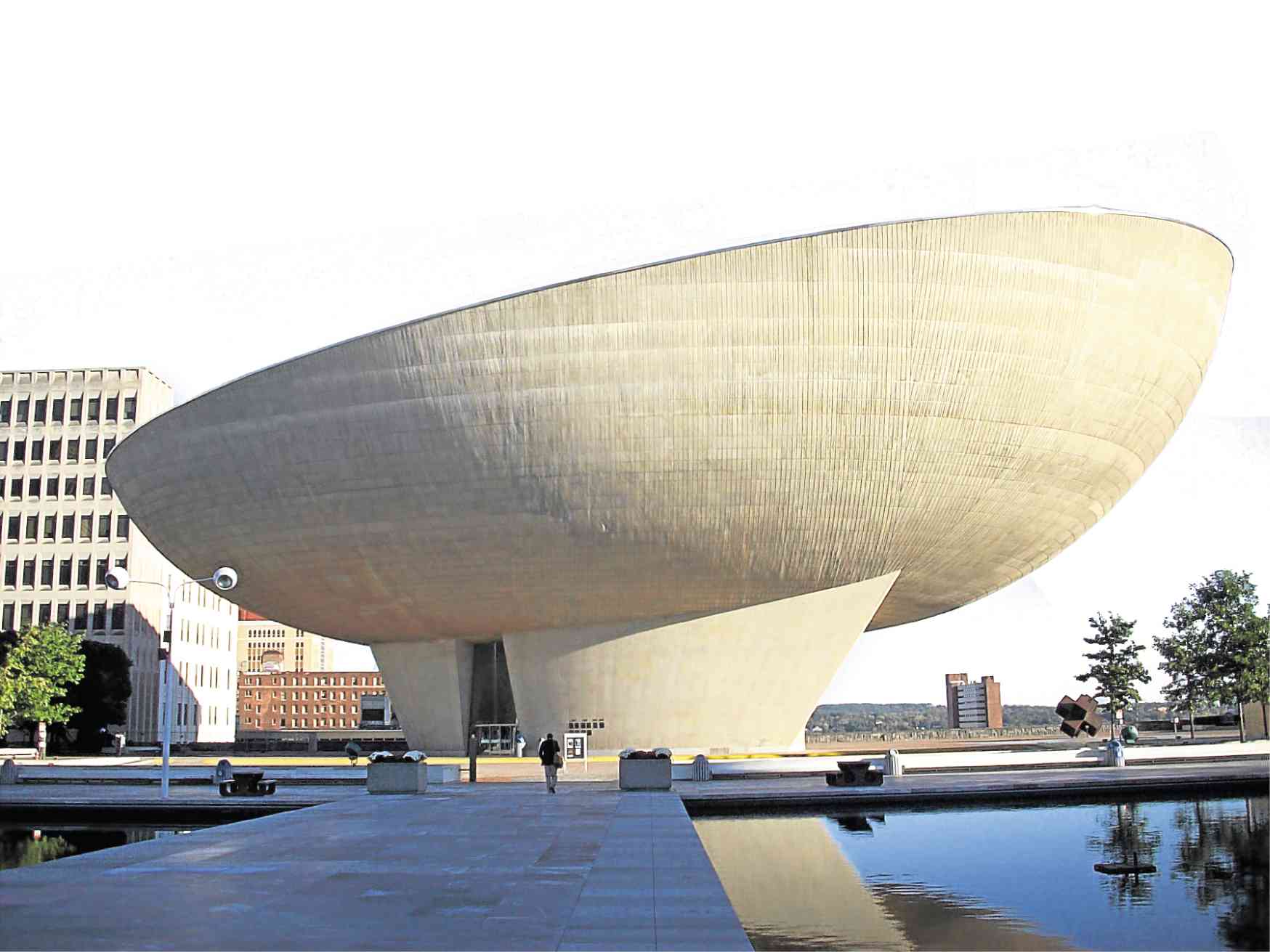A world of egg-inspired wonders
Ovoid, or egg-shaped, structures are considered an indigenous design in architecture as the round shape mimics the surrounding natural elements such as the earth, stones and tree trunks.
Some architects claim that an egg-shaped structure is the product of new levels of innovation, technology and creativity in architecture, resulting in smarter and healthier cities.
“New technologies allow for curved glass to be shaped, cut and applied to more free-flowing shapes without being prohibitively expensive,” Hong Kong-based architect James Law was quoted as saying in a Financial Times article last year.
But other egg-shaped buildings are virtually symbolic—incubators of ideas and embodiment of perfection—depending on the philosophies of the community where it stands.
As different nations celebrated World Egg Day on Oct. 12 to raise awareness of the multiple health benefits of egg and its importance to nutrition, the following are some of the world’s most iconic egg-shaped structures that are also deemed as architectural wonders.
The Gherkin, London
30 St Mary Axe, better known by its nickname Gherkin, is one of London’s most iconic skyscrapers. The office building was built in the heart of London’s financial center and has been open since 2004.
This distinctive landmark got its nickname due to its round, vegetable-like design. The bullet-shaped building has occasionally been incorrectly referred to as “The Cucumber London,” the “London Egg” building, and even “The London Pickle.”
The 180-meter, 41-storey skyscraper is mainly made of glass and steel and reflects the light just like a mirror. Its egg shape is symbolic, as the egg was once considered to be the perfect shape, the symbol for perfection and absolute.
The top of the tower, where visitors find an open hall covered by a glass conical dome is even more spectacular. From here, one can have great views over the city. Unfortunately, apart from its restaurant and bar, the Gherkin isn’t normally open to the public. However, you can step inside the iconic building during special events such as Open House London.
National Grand Theater, China
The National Grand Theater, also known as Beijing National Center for the Performing Arts, is a magnificent glass and titanium egg-shaped structure designed by French architect Paul Andreu.
Surrounded by an artificial lake that reflects the building and makes it appear floating, the grand theater is one of the iconic buildings in Beijing. The dome measures 212 meters and its surface is covered by 18,398 titanium plates and 1,226 pieces of ultra-transparent glass.
The structure seats 5,452 people in three performance auditoriums, with the middle part housing the opera house, the east housing concert hall and the west housing the drama theater. The main entrance of the building is at the north side and guests arrive in the building after walking through a hallway that goes underneath the lake.
Golden Egg, Hong Kong
At the center of the 22-hectare Hong Kong Science and Technology Park (HKSTP) is the “Golden Egg,” formally named as the Charles K. Kao Auditorium. The iconic structure symbolizes the park’s mission to “incubate innovative ideas and turn them to golden opportunities through a vibrant technology ecosystem.”
The 288-seat hall was named after the late Professor Kao, a founding member of HKSTP’s Board of Directors, in 2010. He was also a Nobel
Laureate and Father of Fiber Optics.
The Egg, New York
The Egg is a performing arts center located in Albany, New York. It took 12 years—beginning in 1966—to complete the ovoid building designed by Wallace Harrison.
A stem holds The Egg, going down through six stories. The building, which architecturally is without a precedent, has virtually no straight lines or harsh corners. Instead, walls along the edge rise, meeting the concave ceiling light to bring a celestial effect.
The Lewis A. Swyer Theatre, with a 450-seating capacity, and the Kitty Carlisle Hart Theatre, which has a 982-seating capacity, are both housed in The Egg. There is also a lounge area for the Hart Theatre, which can be used for seminars, receptions and
after theatre parties.
Fortune Egg, Parañaque City
City of Dreams Manila, which opened in 2015, features an iconic structure called Fortune Egg. The golden futuristic-looking egg-shaped dome at the center of the resort houses two of the hottest global nightclub brands—Pangaea and Chaos, known to bring topnotch acts from around the world.
The architecturally unique dome-like structure is accented with creative exterior lighting design and anticipated to become a landmark of the Manila Bay area.
The 6.2-hectare City of Dreams Manila complex was the second integrated casino to open in the Entertainment City, which is positioning itself as the Philippines’ version of gambling hubs in Las Vegas and Macau.
Sources: Inquirer Archives, theegg.org, theatrebeijing.com/theatres/national_grand_theatre, en.chncpa.org/, hkstp.org, 30stmaryaxe.com, aviewoncities.com/london/gherkin.htm



